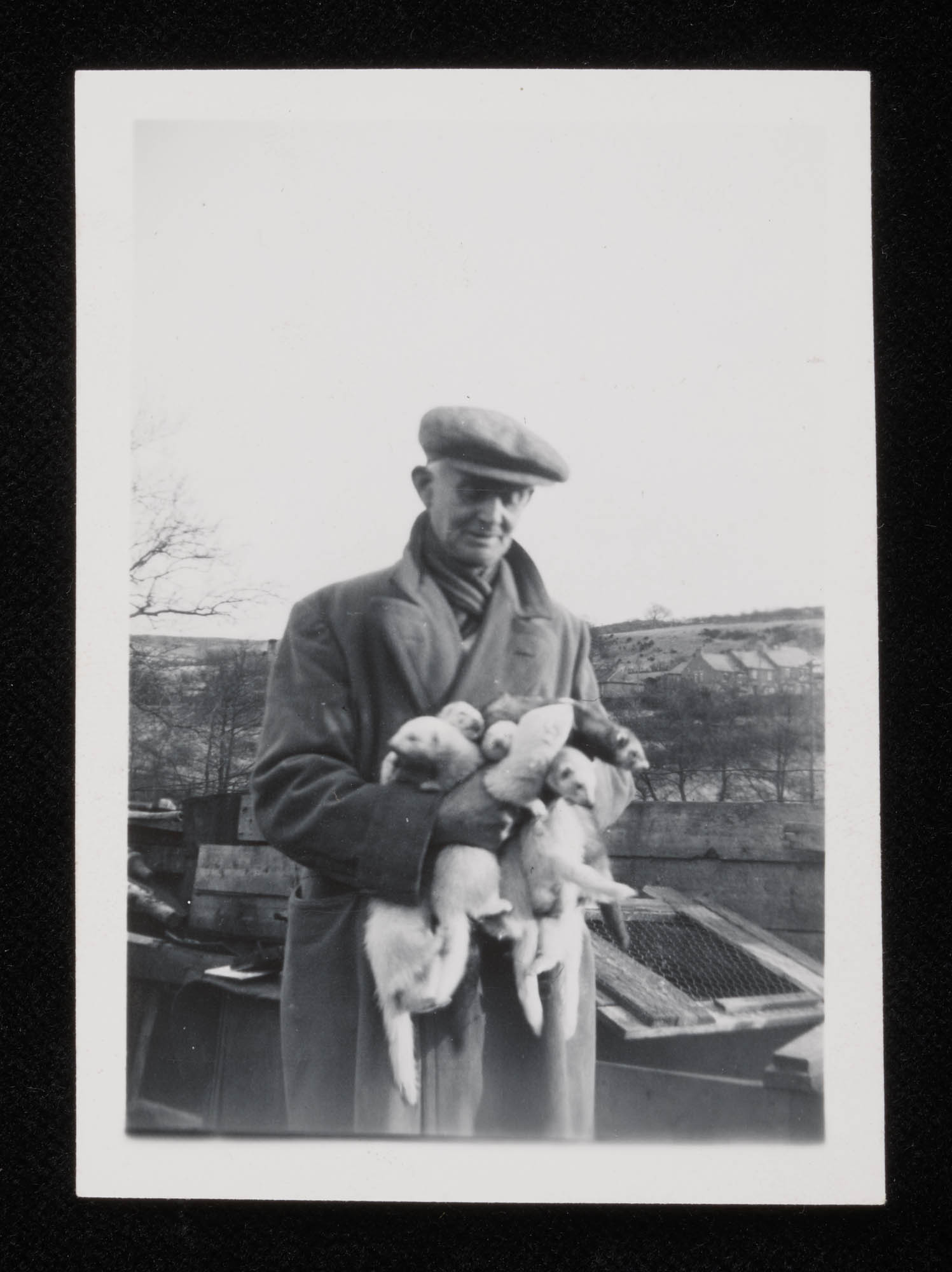Mention the north-east of England and people will often think of the Geordie dialect (and football, or maybe Ant and Dec!) Geordie is a well-known dialect, and well loved, too: according to a poll carried out by Reuters in 2009, it is one of the most popular accents to hear when phoning a call centre. However, Geordie is just one of the dialects in the north-east of England, as locals will be very quick to tell you.
The North-East is the most northerly region of England. It stretches from the Scottish-English border to the southern banks of the River Tees. The Pennine Hills in the west, the North Sea Coast in the east and its three major rivers, Tyne, Wear and Tees, are key geographical landmarks in the region.
The borders of its counties, and indeed the Scottish-English border have frequently changed over the years. This is one of the reasons there are a lot of similarities in pronunciations and words with Scottish, Cumbrian and Yorkshire dialects, including mam (mum), bairn (child), bonny (attractive), canny (pleasant or nice) and man (used as a form of address, e.g. ow man, that hurt!)
There are also marked dialect differences between the individual regions within the North-East that many residents, particularly older generations, are proud to own and maintain. For example, in Newcastle Geordies may refer to wor bairn (our child), whereas in Durham or Sunderland, they would talk about our bairn. Even the well-known expressions haway or howay (come on!) and why aye or wey aye (yes/of course) are spelled and pronounced differently, depending on which part of the North-East you’re from.

